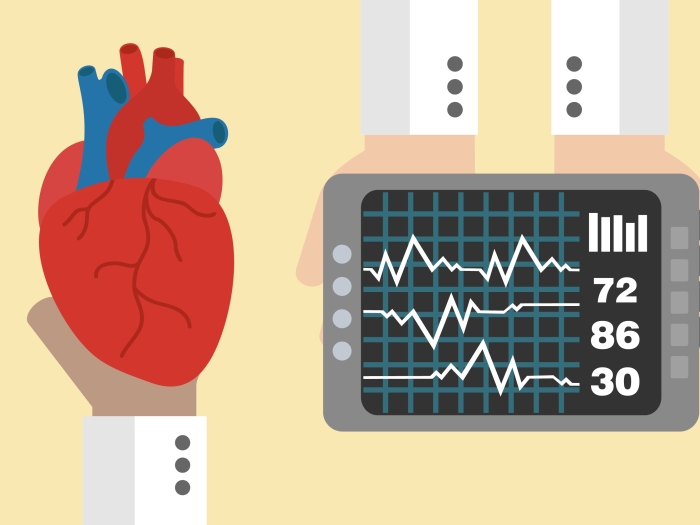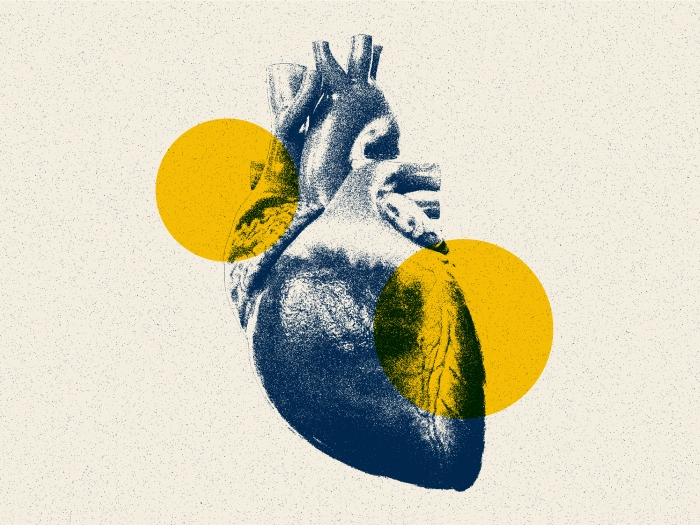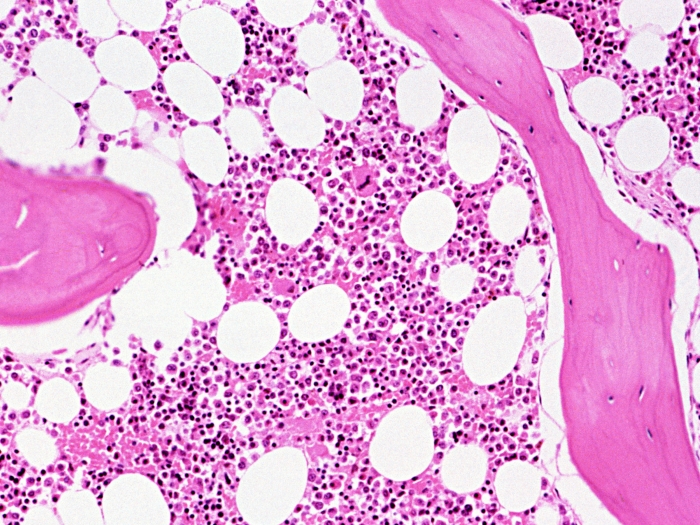Atrial fibrillation sapped a U-M doctor of his energy during rowing competitions. After two catheter ablations, he’s rowing strong once again.
7:00 AM
Author |
James Montie, M.D., loves rowing.
It's a passion he discovered as a high school student and resurrected 25 years ago as a way to stay fit and enjoy the outdoors.
MORE FROM MICHIGAN: Sign up for our weekly newsletter
"I love being on the water," says Montie, "particularly in the morning when it's calm and the sun is just coming up."
An emeritus urologist at the University of Michigan, he eventually found himself competing in — and winning — distinguished races, which heightened his love of the sport.
When he began to lose steam toward the end of a few competitions in 2011, Montie — then 65 — at first attributed it to age.
"I started to notice in the middle of a race, when I was going really hard, I'd abruptly run out of gas," he recalls.
After a few months, the athlete decided to find out if his lagging energy could be the result of something more serious.
Getting to the heart of the matter
Montie went to see Kim Eagle, M.D., a cardiologist at the U-M Frankel Cardiovascular Center, where he was diagnosed with intermittent atrial fibrillation (Afib) — a type of arrhythmia, or irregular heartbeat.
Montie was then referred to U-M electrophysiologist Hakan Oral, M.D., who recommended catheter ablation, a minimally invasive technique used to treat atrial fibrillation without the need for major surgery.
SEE ALSO: Treating Afib: AV Node Ablation a 'Last Resort'
During catheter ablation, a series of catheters (thin, flexible wires) are put into a blood vessel in the arm, groin or neck, and are guided into the heart through the blood vessel.
A machine then sends radiofrequency energy to the heart through one of the catheters to cauterize the "short circuits" in the heart that are generating the atrial fibrillation.
For a large percentage of patients, Afib is eliminated with a single procedure. However, for some, a second procedure may be required.
Montie felt better after his first ablation and immediately got back to rowing. A year later, though, he realized his atrial fibrillation had returned, requiring a second ablation.

Winning on the water
The procedures haven't slowed his momentum.
In fact, Montie has become a champion rower in his age group. This past summer alone, he won the Henley Masters Regatta in Henley-on-Thames, England, and the USRowing Masters National Championships in Worcester, Massachusetts.
Seeking help when something didn't feel right after a race was crucial to the patient's timely diagnosis and treatment plan.
Montie attributes the care he received at U-M for helping him get back out in top form.
"If not for the ablation," he says, "I would have been stuck on the sidelines."

Explore a variety of healthcare news & stories by visiting the Health Lab home page for more articles.

Department of Communication at Michigan Medicine
Want top health & research news weekly? Sign up for Health Lab’s newsletters today!





